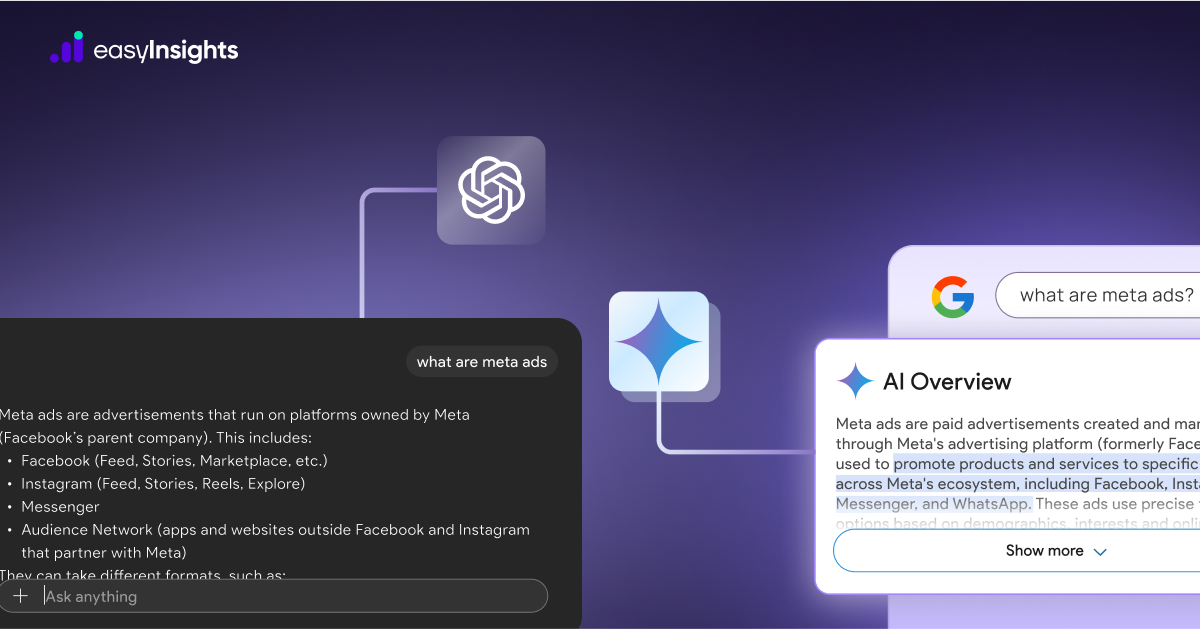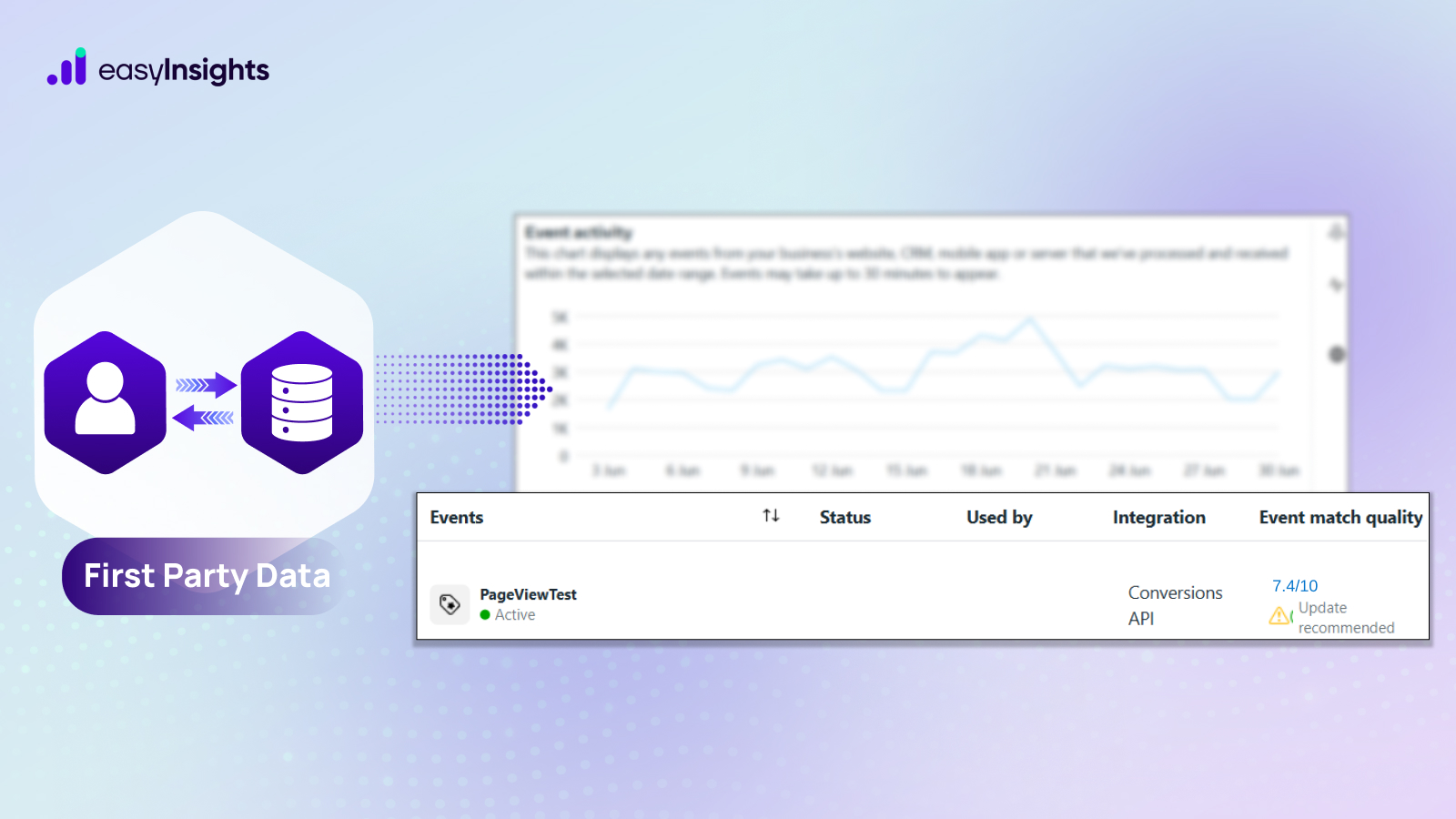
You could have thousands of visitors on your website every day, but it would not be significant if you don’t know what they mean. Since only a tiny percentage of visitors will convert, you must get the most out of the traffic to your website. Website tracking is therefore essential when it comes to evaluating visitor activity and behavior so that your website can be optimized using the user information that is stored. This user information can be used for remarketing campaigns and it also assists ad platforms to drive better results. In this article, we will discuss what website tracking is, how it operates, and how to apply a privacy-focused strategy to tracking online activity.
Read More: How to establish first party data strategy?
Jump ahead to:
What is website tracking?
Website tracking, often known as web tracking, is a technique for gathering, storing, and analyzing user behavior across one or more domains. Most online businesses use tracking in some way, whether it’s to monitor web traffic, UX tracking to analyse user behavior and enhance the user experience, or preference monitoring to keep track of specific site preferences like shopping carts and login information. Advertising tracking is also used to evaluate how well ad campaigns, such as Facebook advertisements, are performing.
You can use website tracking to see where users click, tap, and scroll on a page. Knowing whether users are browsing on a desktop or a mobile device also helps. Finding your best- and worst-performing pages are one of the most crucial components of landing page conversion optimization, and website tracking helps you do that. Website tracking also enables you to assess the success of email marketing campaigns and remarket an advertisement to past website visitors.
Why do companies track user data?
Your data has tremendous value in the current digital age. Companies want to know as much as they can about you. They can customise their apps to your preferences using this information, and marketers can target you with ads you’re more likely to interact with.
What are the Benefits of Website User Tracking?
A high amount of contact information is provided via dedicated web visitor tracking. With this contact information, you can more effectively coordinate your marketing and sales efforts and boost outcomes across the board. With website tracking, you can also accomplish many other advantages, such as:
- Get to know your traffic – You can discover who is interested in your products or services and analyze user behavior to serve them better.
- Attracting leads – High-quality lead generation is possible with the help of an optimised website and behavioral analytics that identify the types of visitors it is coming in. The content on your website can then be optimised using these insights, and your outreach can be customised for either new leads or current clients.
- Higher Sales – Web visitor tracking can provide extensive user data to create a unified, revenue-generating engine that boosts sales growth as it goes beyond page views and bounce rates.
- Customer Engagement: Tracking web visitors can help you interact with more customers. Investing in lead nurturing and sales technologies, such as online visitor tracking, is more crucial than ever for engaging with clients in the challenging selling environment of today.
By customizing content based on a visitor’s location or time zone, web tracking can assist websites and businesses in providing a more personalised experience. Improved metrics like CTR (click-through rate), bounce rate, conversion rate, and more sign-ups and sales are all advantages of website tracking. Teams can also analyse the effectiveness of marketing activities, including SEO campaigns, and acquire vital insight to assist in decision-making using website tracking.
Click here to learn more about server-side integration and how it will significantly increase your campaign’s efficiency using Conversion API – CAPI.
How do websites track user activity?
Every internet-connected device has an IP address, which is a numeric identifier used to locate its user. This helps websites customize the user experience based on the location. Web visitor tracking, however, does more than just identify the visitor visiting your website. It also fills data with publicly accessible contact information, such as physical and website addresses.
The majority of web analytics solutions set up browser cookies, which are little text files that retain data and can be used to follow visitors across several websites or identify a person when they visit different pages on a website.
Some website tracking solutions embed a set of rules on your website that operate in the background to understand click requests from visitors and gather data immediately. Others connect to Google Analytics, making it possible for you to collect valuable information from there.
A simple and cost-free method of monitoring and analyzing website traffic is provided by Google Analytics. Google Analytics offers important insights into how your website is performing and what you can do to reach your goals in addition to tracking the number of visitors.
You can monitor everything, from how much traffic your website is getting to where that traffic is coming from and how visitors are behaving. You can even monitor social media activities, track mobile app traffic, identify trends and integrate other data sources to help you make well-informed business decisions.
However, when it comes to identifying and eliminating the bots and spam traffic that can skew your stats, Google’s platform isn’t completely effective. To determine which specific businesses are visiting your website, you’ll need a third-party tool or add-on since Google Analytics doesn’t automatically identify visitors.
What is Privacy-first web tracking?
You must be aware of the differences between legitimate and unethical web tracking, regardless of whether you are a company using tracking tools on your website or a user concerned about your online privacy. How you handle and safeguard client data is governed by data compliance requirements outlined in laws like the CAN-SPAM Act in the US, Canada’s CASL (Canadian anti-spam legislation), and the EU’s GDPR (general data protection regulation).
However, you are permitted to collect and use the information produced by web visitor tracking technology to get in touch with fresh prospects using direct marketing communications. You must:
- Declare on your website which tracking technology is being used.
- Observe the restrictions on what you can and cannot do with client data according to data compliance laws.
- Give customers the option to stop receiving your promotional materials from your website.
You should abide by all applicable web tracking laws, rules, and standards as a business if you use any tracking techniques on your product or website. Make sure you don’t engage in unlawful activities such as gathering user IP addresses or selling data to outside apps.
How can you track website users the right way?
Tracking your users in the right way is very important. Tracking and collecting user data without any plan of action is unlikely to help you.
- To track your website users, you must decide on an end goal. Is it to increase traffic? Or to convert more customers? Deciding on your goal can help you choose the right tracking tool for your website.
- Choosing the correct tool for website tracking is also important to ensure it is in sync with your goal. The needs for B2B and B2C businesses differ, so you need to choose a tool that will suit your purpose. For e.g., B2B will need campaign tracking, and B2C might need activity tracking.
- You will also need to install a tracking script on your website to embed the JavaScript code. All website owners need to monitor two categories of user activity: URL visits, which show which web pages people visit, and actions like button clicks or text inputs, which show how users engage with a page. However, due to the limitations of Google Analytics, Javascript codes are used to carry out a variety of user data monitoring tasks, including session recording and helping to analyze pivotal user behaviors.
- For efficient tracking, you will also need to analyse the user data you are collecting to determine if you are fulfilling your goal. An event is a user interaction that you might wish to track in the context of web analytics, such as when a new user clicks a button or completes a form. It might be important to track and analyze such interactions.
Final Words
We hope that this post was informative and provided you with some understanding of website tracking. The feature is practical and can boost your marketing and sales efficiency. The tracking tool you require is specific to your company. If your tracking requirements are simply analytical, you can test Google Analytics. There are also tracking systems focusing on product marketing and optimization, such as VWO, Hotjar, and Mixpanel. You might need to combine a few products that fulfill distinct objectives to achieve your desired result.








